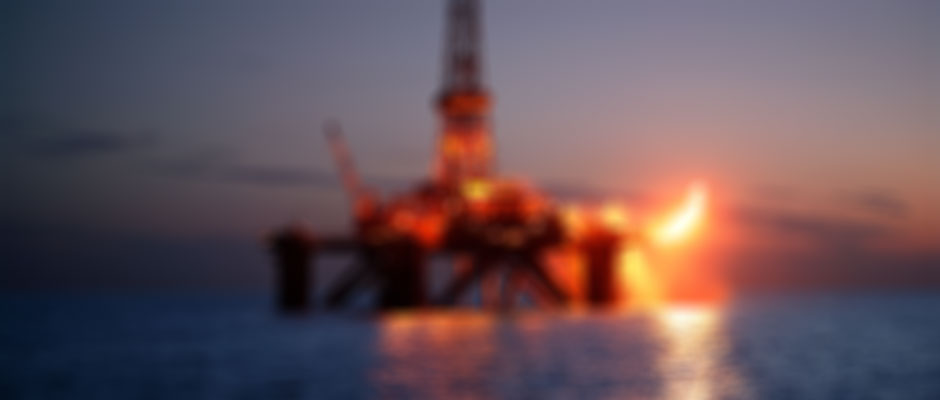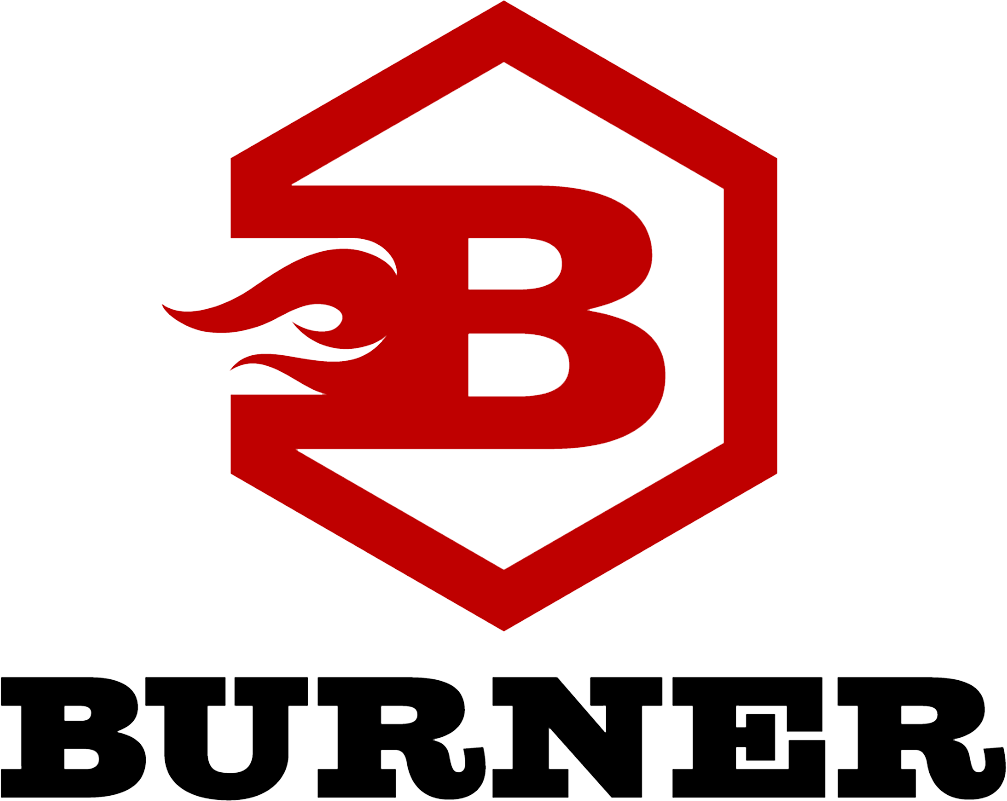Operating philosophy - fire prevention, fire protection, fire control, and fire fighting on offshore platforms & facilities - Burner Fire Control's take on initial facility risk assessment
An assessment is documented for a review of the existing fire fighting systems, including fire water and supporting active, passive and self-contained units. Assessment format is used to evaluate fire fighting systems prior to start up after extensive construction repairs and modifications. All organizations should understand the importance of following proper procedures to prevent fires – good house-keeping, proper storage of flammables, and good maintenance and inspection programs help in prevention.
Facility should be equipped with portable and semi-portable fire extinguishers and systems. The use of these devices will assist in quick extinguishments. The operating philosophy concerning fire prevention, fire protection, fire control and fire fighting includes inspection and training by a Burner Fire Control. This training includes procedures to shut in platform and fight fire in the incipient stages. If the fire grows beyond beginning stages operators can be instructed to evacuate the platform.
- Risk assessment demonstrating that a chemical only system would not increase the risk to human safety.
- Importance of analyzation of the type and quantity of hydrocarbons (i.e. natural gas, oil) that are produced, handled, stored, or processed at the facility.
- The capacity of any tanks on the facility that you use to store either liquid hydrocarbons or other flammable liquids.
- The total volume of flammable liquids (other than produced hydrocarbons) stored on the facility in containers other than bulk storage tanks. Include flammable liquids stored in paint lockers, storerooms, and drums.
- Whether the facility is manned or unmanned. If manned, maximum number of personnel on board and the anticipated length.
- If unmanned, provide the number of days per week the facility will be visited, the average length of time spent on the facility per day, the mode of transportation, and whether or not transportation will be available while personnel are on board.
- The proximity of the platform to other platforms. Identify the platforms you have designated and will use as “safe harbor” in the event an evacuation is necessary. For each, include the heading, distance, operator, whether the platform is manned or unmanned, and whether the platform is equipped with a heliport and/or crane. Discuss the factors you used (e.g., prevailing sea conditions, manned status, accessibility) to determine these designated “safe harbor” platforms.
- Human factors Assessment (Not facility specific) that 1. Describes the fire-related training your employees and contractors have received. Include details of the length of training, whether the training was hands-on or classroom, the training frequency, and the topics covered during the training.
Conclusion of RISK ASSESSMENT that provides a summary of your technical evaluation showing the alternative system provides an equivalent level of personnel protection for the specific hazards located on the facility.
For further information, please send us a message via the contact page, or call us at (800) 864-4073



